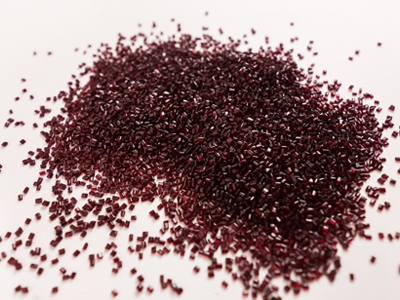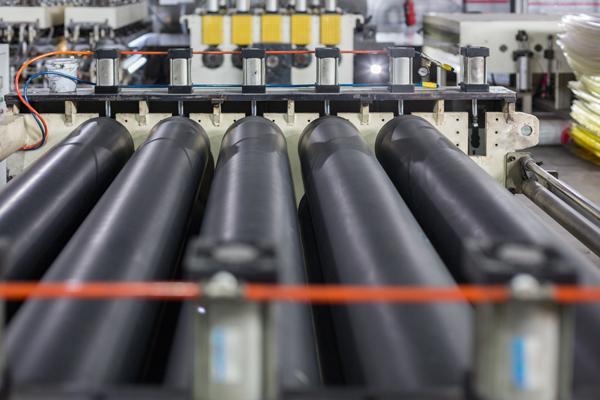Polycarbonate

Polycarbonate, which was developed by Bayer and General Electric in 1957, is an amorphous thermoplastic material. As an easy to machine, moldable, and thermoformed transparent material, it is widely used in construction works requiring transparency.
With its high mechanical strength, good heat and impact resistance, polycarbonate is a biologically inert material.
Features & Applications
Features
- Shows good impact strength
- Shows good dimensional stability at high temperatures and humidity
- Shows excellent electrical insulation properties at high temperatures and in wet environments
- Shows good abrasion resistance
- Withstands repeated steam sterilization cycles
- More efficient compared to other thermoplastics used in engineering applications
Applications
- Face shields
- Instrument panels
- Lenses
- Signs and displays
- Aircraft components
- Automotive headlamps
- Mobile phones
- Medical applications
- water dispensers
- Baby bottles
- Dashboards
- Electrical chargers
- Connectors
- Cash dispenser
Machining Options

Other Information
Strengths
- Since it is as transparent as glass, it has a very high light transmission capacity.
- Retains its high toughness at low temperatures as low as -20°C (-4°F)
- Shows good mechanical retention at high temperatures up to 140°C (284°F).
- Has a flame retardant structure.
- Shows excellent electrical insulation properties at high temperatures and in wet environments
- Has a high abrasion resistance
- Withstands repeated steam sterilization cycles
Weaknesses
- It has a low resistance to hydrocarbons and bases.
- Its mechanical properties begin to degrade when it is exposed to hot water above 60°C for a long period.
- It should be properly dried before beginning the process.
- Has a low fatigue limit.
- Tends to become yellowish when it is exposed to UV









